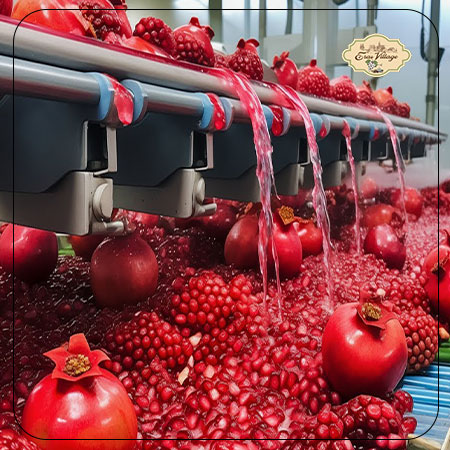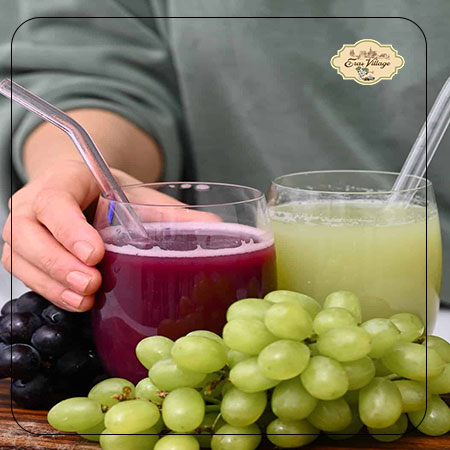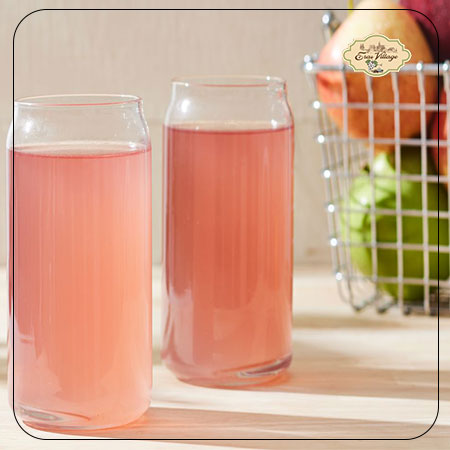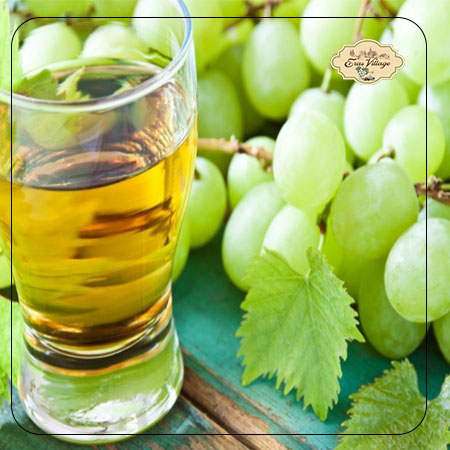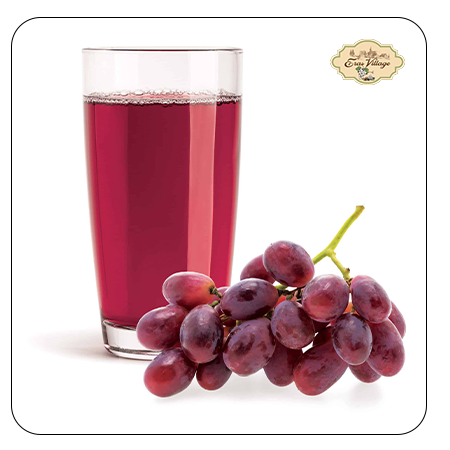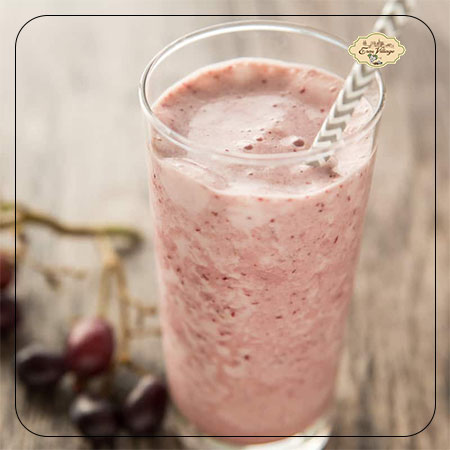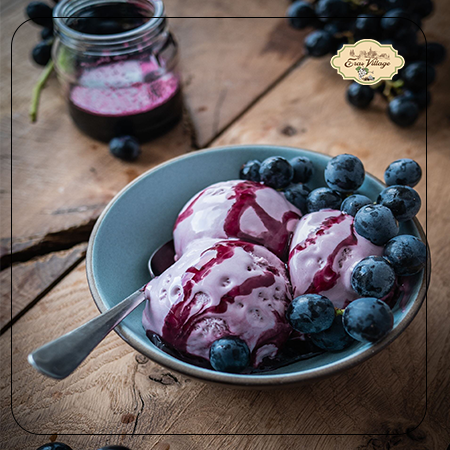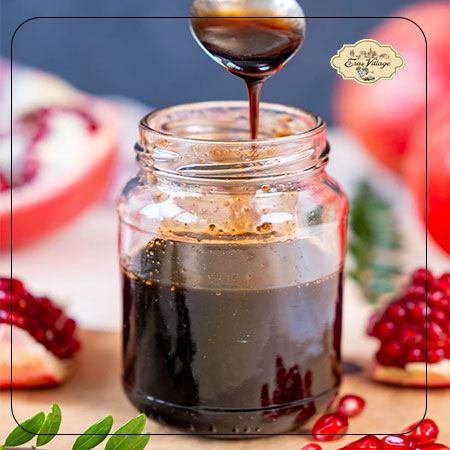
pomegranate concentrate uses
January 22, 2024Production method of pomegranate concentrated juice
Pomegranate concentrate is a highly concentrated extract of pomegranate juice that contains all the antioxidant, anti-inflammatory, and immune-boosting properties of the fruit. This product has numerous applications in the food, pharmaceutical, and cosmetic industries and is used as a valuable raw material in the production of various food and beverage products. In this article, we will examine the production methods of pomegranate concentrate and guide you on how to purchase the best exported pomegranate concentrate.
If you are a producer, consumer, or food industry enthusiast seeking comprehensive and accurate information about pomegranate concentrate production, this article is written for you. This article will answer the following questions:
- What are the stages involved in the production process of pomegranate concentrate?
- What technical aspects must be considered in the production of pomegranate concentrate?
- What factors influence the quality of pomegranate concentrate?
- What are the applications of pomegranate concentrate in various industries?
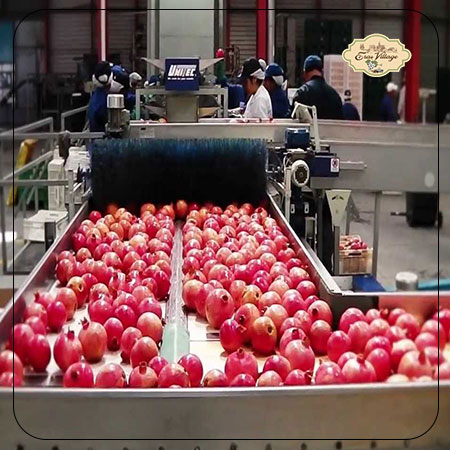
What are the stages involved in the production process of pomegranate concentrate?
The production of pomegranate concentrate typically involves the following steps:
Harvest and Selection: Ripe, high-quality pomegranates are harvested and carefully selected based on factors such as color, size, and firmness.
Washing and Cleaning: The pomegranates are thoroughly washed to remove dirt, debris, and any chemicals that may be present.
Deshelling: The outer skin and white inner membranes are removed, leaving only the juicy arils (seeds).
Juicing: The arils are crushed and pressed to extract the juice.
Clarification: The juice is clarified to remove any impurities, such as pulp and seeds. This can be done through filtration or centrifugation.
Concentration: The clarified juice is concentrated to reduce its water content and increase its sugar content. This is typically done using a vacuum evaporator or a reverse osmosis system.
Pasteurization: The concentrated juice is pasteurized to ensure its safety and extend its shelf life. This involves heating the juice to a high temperature for a short period of time.
Packaging: The pasteurized concentrate is packaged in containers, such as aseptic cartons or glass bottles
What technical aspects must be considered in the production of pomegranate concentrate?
Several technical aspects must be carefully considered to ensure the quality and safety of pomegranate concentrate:
1. Raw Material Quality:
Pomegranate Selection: Choose ripe, healthy pomegranates with high juice content and minimal defects.
Storage: Store harvested pomegranates under proper conditions to maintain their quality and prevent spoilage.
2. Juicing Process:
Extraction Efficiency: Use efficient juicing equipment to maximize juice yield while minimizing damage to the arils.
Aseptic Conditions: Maintain hygienic conditions during the juicing process to prevent contamination.
3. Clarification and Filtration:
Separation Efficiency: Use appropriate filtration or centrifugation techniques to effectively remove impurities without affecting the juice’s quality.
Membrane Filtration: Consider using membrane filtration for finer clarification and to remove microorganisms.
4. Concentration Process:
Heat Sensitivity: Monitor the temperature during the concentration process to avoid damaging the juice’s heat-sensitive compounds.
Vacuum Evaporation: Use vacuum evaporation to concentrate the juice at lower temperatures, preserving its flavor and nutritional properties.
Reverse Osmosis: Consider reverse osmosis for a more gentle and energy-efficient concentration process.
5. Pasteurization:
Temperature and Time: Ensure proper temperature and time settings for pasteurization to kill harmful microorganisms without affecting the juice’s quality.
Rapid Cooling: Quickly cool the pasteurized juice to prevent excessive browning and loss of flavor.
6. Packaging:
Aseptic Packaging: Use aseptic packaging methods to prevent contamination and maintain the product’s shelf life.
Container Selection: Choose appropriate containers that are suitable for the product’s storage and distribution.
7. Quality Control:
Regular Testing: Conduct regular quality control tests to monitor the concentrate’s acidity, sugar content, color, and microbial load.
Sensory Evaluation: Evaluate the concentrate’s taste, aroma, and appearance to ensure it meets consumer expectations.
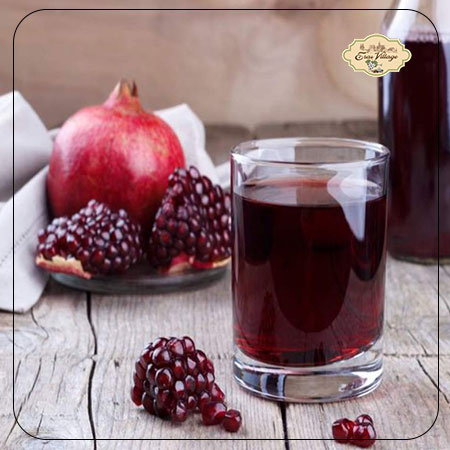
What are the applications of pomegranate concentrate in various industries?
Pomegranate concentrate, with its rich flavor, vibrant color, and nutritional benefits, has found applications in various industries:
1. Food Industry:
Beverages: Juices, smoothies, sports drinks, energy drinks, and cocktails.
Food Products: Sauces, marinades, jams, jellies, and baked goods.
Dairy Products: Yogurt, ice cream, and pudding.
Snack Foods: Gummies, candies, and chocolate bars.
2. Pharmaceutical Industry:
Dietary Supplements: Capsules, tablets, and powders.
Functional Foods: Products fortified with antioxidants and anti-inflammatory compounds.
Nutraceuticals: Health-promoting products derived from food sources.
3. Cosmetic Industry:
Skincare Products: Moisturizers, serums, and masks.
Hair Care Products: Shampoos, conditioners, and hair treatments.
Color Cosmetics: Lipsticks, lip glosses, and blushes.
4. Functional Food Ingredients:
Fortification: Adding pomegranate concentrate to various food products to enhance their nutritional value.
Flavoring: Using pomegranate concentrate as a natural flavoring agent.
Coloring: Utilizing pomegranate concentrate as a natural food colorant.
5. Others:
Pharmaceutical Intermediates: Used in the production of certain pharmaceutical compounds.
Research: Used in scientific research to study its potential health benefits.
Final Note
This article has provided an in-depth exploration of pomegranate concentrate production methods. If you’re a manufacturer using pomegranate concentrate in your products, this article will equip you with the knowledge needed to make informed decisions about sourcing high-quality concentrate. To purchase pomegranate concentrate in bulk at attractive prices, consider Erasvill.
FAQ
What is the primary purpose of concentrating pomegranate juice?
Answer: The primary purpose of concentrating pomegranate juice is to extend its shelf life, reduce transportation costs, and increase its concentration of flavor, color, and nutrients. Concentration involves removing a significant portion of the water content from the juice.
What are the main methods used to concentrate pomegranate juice?
Answer: The two most common methods used to concentrate pomegranate juice are:
Vacuum evaporation: This method involves heating the juice under a vacuum, causing water to evaporate at a lower temperature, preserving more of the juice’s flavor and nutrients.
Reverse osmosis: This method uses a semipermeable membrane to separate water from the juice, resulting in a more concentrated product.

